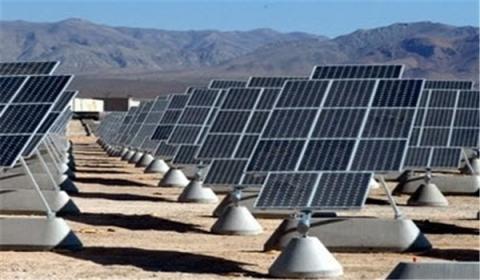
Based on the results, the proposed structure significantly increased the efficiency of solar cells. Quantum dots have been produced in this research through a simple, cost-effective and quick method without the need for catalysts.
Third generation cells have been introduced to increase the efficiency of solar cells. The third generation consists of a few groups. One of the groups is Quantum Dot Sensitized Solar Cells (QDSSCs). Therefore, a number of various structures of QDSSCs have been produced in this research on various nanostructures such as nanorods, and their optical and photovoltaic properties have been studied.
The researchers produced in this study various structures of ZnS QDSSCs with wide energy gap on different nanostructures, including zinc oxide nanorods, and they studied their optical and photovoltaic properties. Quantum dots of lead sulfide (PbS) with smaller gap were next used to create the opportunity for wider sorption of sun spectrum. A number of experiment conditions, including concentration of raw materials and number of rounds in SILAR method were changed to optimize the size of lead sulfide quantum dots.
In general terms, it can be concluded that energy gap changes as the size of nanoparticles changes. Light sorption increases as the gap becomes smaller, which consequently results in an increase in the efficiency of the solar cell.
Results of the research have been published in Journal of Nanoelectronics and Optoelectronics, vol. 10, issue 5, 2015, pp. 633-637.

Add new comment